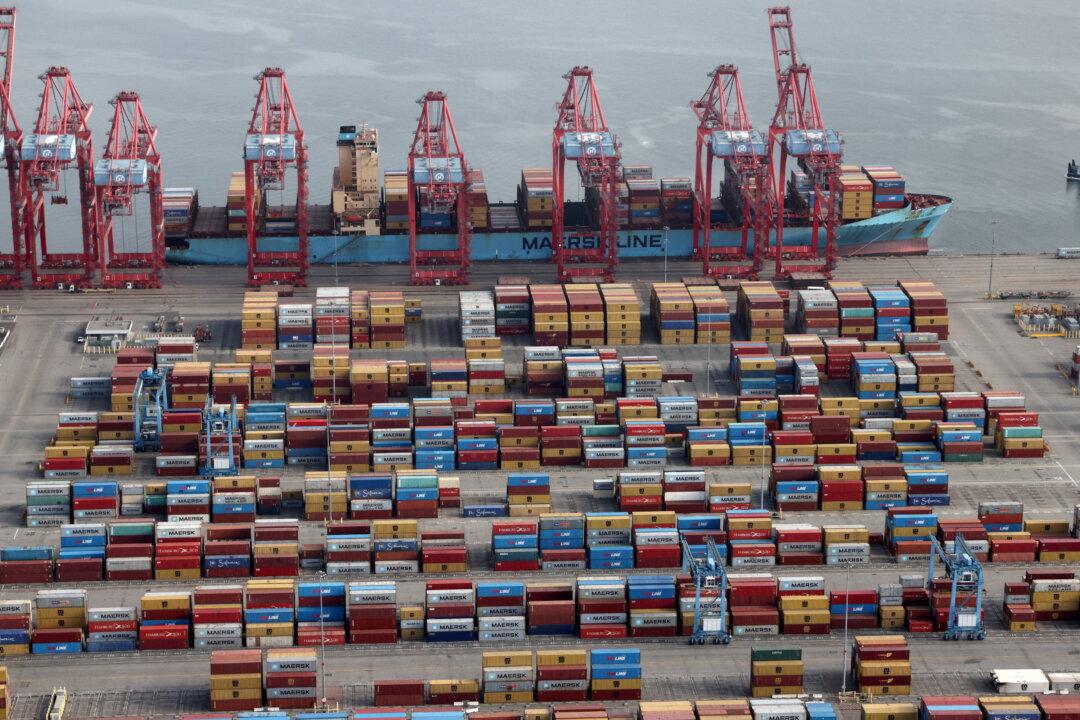The Port of New York and New Jersey has announced that it will charge a new quarterly “container imbalance fee” from ocean carriers as part of the port’s efforts to deal with container congestion.
According to the new system, the total outgoing container volume of an ocean carrier must equal or exceed 110 percent of its incoming container volume during a specific period. Failure to hit this benchmark will result in a fee of $100 per container, the port said in an Aug. 2 press release. The largest container ships can carry roughly 24,000, 20-foot equivalent units (TEU).





